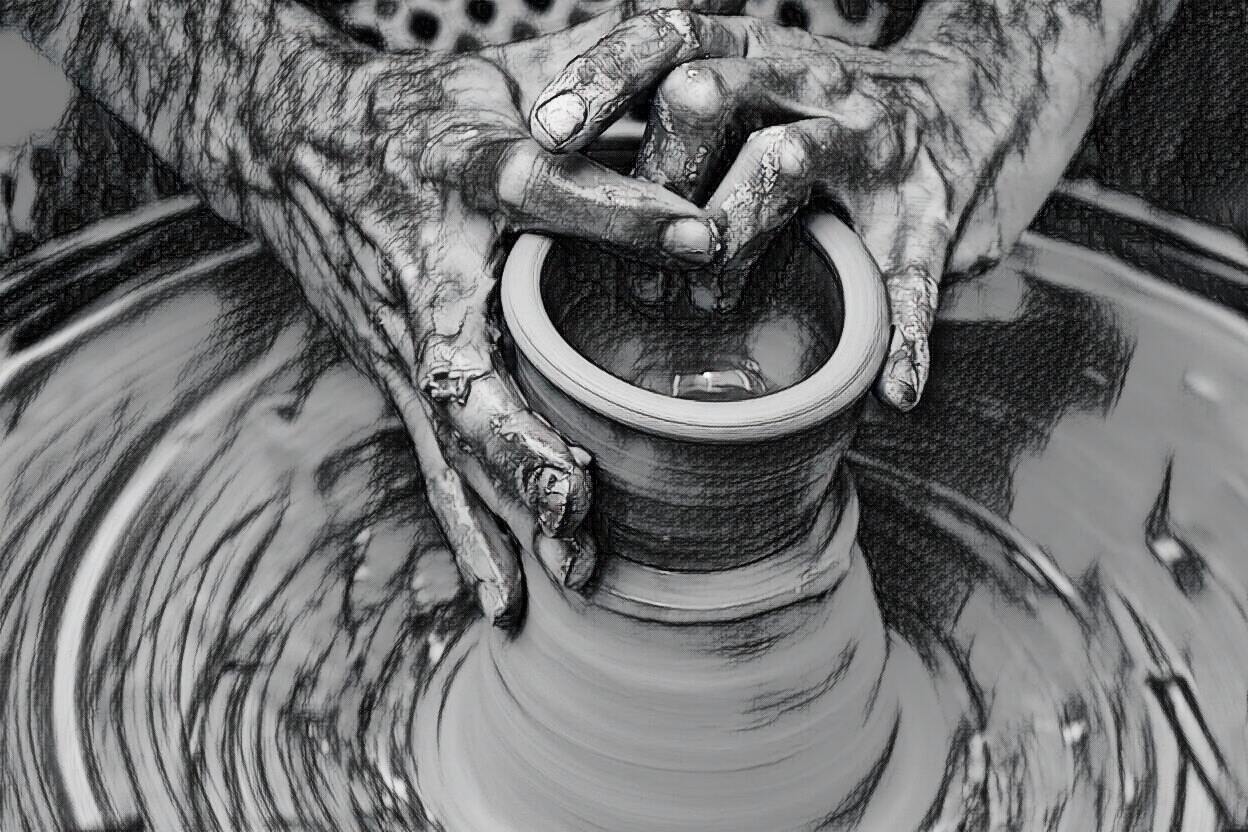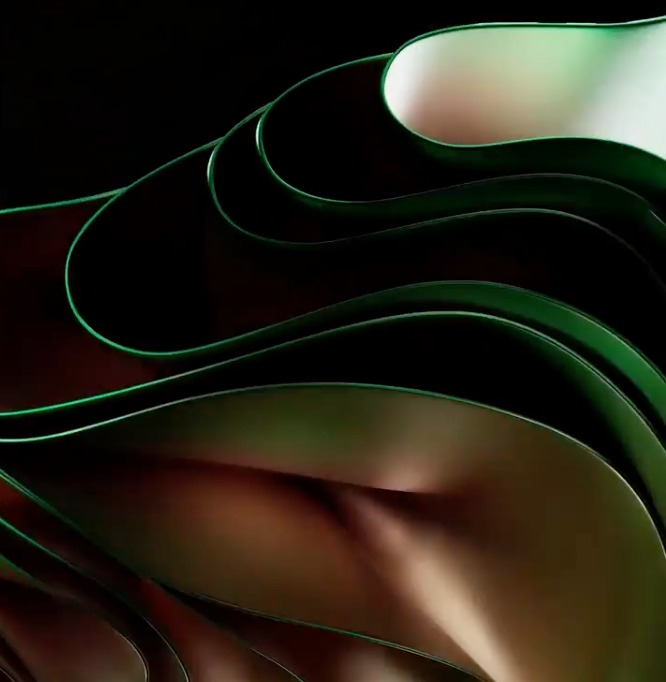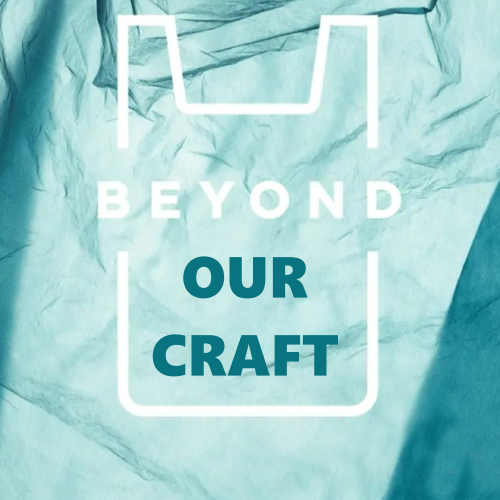Famous Indian Handicrafts That Carry the Taste of Our Culture
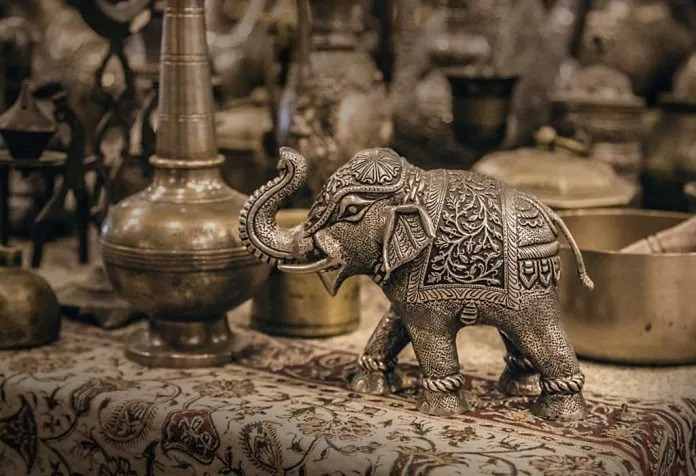
Handicraft is a process in which skilled people create many types of decorative pieces from clay, rock,
paper,
stone, and other cheap tools. Handicrafts are an opportunity to represent the culture, heritage, and
culture of
the country. This industry is a significant productive sector.
Role and Importance of Indian Handicraft Industry
Handicrafts play a very significant role in representing the traditions and culture of any region or
country.
Handicrafts are a medium to store and preserve the rich traditional art forms and heritage along with
the
talents which are associated with the people's history and lifestyle. They are hugely important in terms
of the
economic development of the country. They provide so many opportunities for employment.
Ethnic Indian Handicrafts That Will Steal Your Sight
1. Pashmina Shawls (Kashmir)
Pashmina is a very fine type of wool and Kashmir is where its textiles are first woven. Pashmina shawls
are
created from cashmere wool, and then these are transported to North India in the valley of Kashmir where
the
shawls are entirely hand processed. Every step to create the shawls - combing, spinning, weaving, and
finishing
- is completely carried out by the dedicated hands of craftsmen and women. The major area of this fine
fabric
production is the old and beautiful city of Srinagar. Producing a single Pashmina shawl will take around
180
hours. These fine shawls come in a variety of beautiful colours and have detailed and exquisite
embroidery.
Along with this beauty, they are good at keeping you warm and are popular for their softness.
2. Phulkari (Punjab and Haryana)
In the regions of Punjab and Haryana, the phulkari embroidery technique means flower work. At one time,
the word
was used for embroidery which then became restricted to embroidered headscarves and shawls. Phulkari is
a kind
of embroidery that is made of complex designs created with horizontal and vertical stitches. This entire
work is
done with yellow or white silk floss on the cotton khaddar, and it starts from the centre of this fabric
called
the 'chashm-e-bulbul'. It then spreads to the entire area of the fabric. This embroidery is very bright
and
colourful. Since the embroidery has very complex details, modern fashion designers are incorporating
these
designs in their garments, and it is widely used on bags, jackets, table-mats, cushion covers, slipper,
shoes,
dresses, and many more.
3. Bamboo Handicrafts (East India)
Handicrafts made from bamboo are one of the most eco-friendly crafts created in India. Bamboo
handicrafts are
the oldest crafts to exist. Items made from bamboo are mostly used as household items. Nowadays,
artisans create
many forms of decorative items from bamboo. Bamboo can be used to create dolls, baskets, toys, mats,
furniture,
crossbows, wall-hangings, jewellery boxes, and many more. These products are popular for their unique
forms,
amazing designs, and excellent craftsmanship. Bamboo products are predominantly prepared in the states
of Assam,
West Bengal, and Tripura.

4. Brass Handicrafts (Rajasthan)
Brass is famous for its durability, and this makes it a very good material to use in making handicraft
items.
The artisans that deal with the creation of the brass handicrafts are specifically known as kansaris.
This metal
is used to make so many different items like Lord Ganesha's figure in various postures, table tops,
vases,
ornament boxes, perforated lamps, and even wine glasses. Most of the items made from brass are widely
used in
many Indian households today. Rajasthan is the main manufacturing centre of brass handicrafts. They also
have
antique and uniquely designs doors and windows, tables with cast iron jaalis, chairs, side-boards,
swings, and
even dressers that are sometimes fretted with copper and brass sheets for decoration.
5. Marble Stone Craft (Agra)
The fascination with stones has always been prevalent in India. Uttar Pradesh in India is still a rich
centre of
stone carving and handicrafts. The traces of this royal fascination are present in the intricately
carved
palaces and forts. This amazing artwork on the stone is an elegant combination of carving, engraving,
sculptures
and undercuts. Each design is made by cutting the rich stone and carving varying exquisite patterns on
it. The
craftsmen mostly use marble and soapstone. These exquisite handicrafts are in great demand in India and
many
other countries. The intrinsic works on the white marble fascinate the buyers. The marble handicrafts
can be
used for personal use as well as for creating bangles, earrings, and boxes.
6. Puppetry (Rajasthan)
Also known as kathputli, the string puppet theatre native to the Rajasthan is one of the most famous
forms of
the Indian puppetry and Indian wooden handicrafts. Since it is a string marionette, the puppets are
controlled
by a single string that passes from the head of the puppet. The puppets are made entirely out of wood,
which is
why they are called kathputli. However, it is also made from cotton cloth and metal wires. Some
Rajasthani
communities have been performing this show from the ancient times, making this form of art an eternal
part of
the unique Rajasthani culture and tradition. Historically, the shows made people aware of the problems
in
society and provided social and moral education.
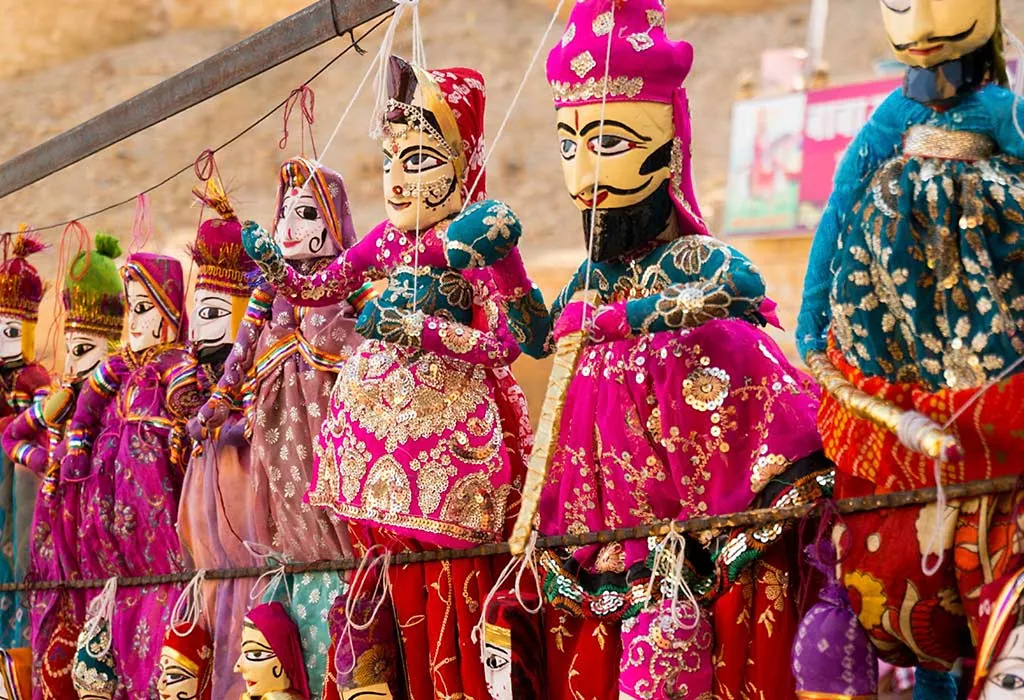
7. Lippan Kaam (Kutch)
Lippan kaam is mud and mirror work. Also known as chittar kaam, it is the traditional mural craft of
Kutch. We
still do not know much about the origins of lippan kaam, but various communities present in Kutch have
their own
distinct style of this artwork which makes it harder to trace its roots. As the dung of the camel and
wild ass
is rich in fibres, it is used as a binding agent. The mud is passed through a sieve for obtaining fine
particles
and this is used as the clay. Equal proportions of clay and mud are mixed and made into a dough for
making the
lippan kaam. It has many embroidery patterns and looks stunning with mirrors.
8. Bidri (Karnataka)
Bidar is the centre for the manufacture of these unique metal handicrafts, where 'bidriware' gets its
name.
Birdiware is really unique and famous because of its striking artwork and the metal used. This metal is
a
blackened alloy of copper and zinc inlaid with fine sheets of pure silver. This makes it one of the most
important south Indian handicrafts exports and is commonly prized as a symbol of wealth in many places
across
the world. So many products are made from the metal, including pitchers, bangles, boxes, statues, masks,
buttons, and many more. Tradition is to inlay various leaves, flowers, human figures, geometric designs,
and
stylised poppy plants with flowers.
9. The Art of Pattachitra (Odisha)
Pattachitra is the art of cloth-based, traditional handicrafts scroll painting that originated in the
state of
Odisha. These paintings mostly depict the traditional stories of Hindu deities and are based on the
ancient
Hindu myths and legends. Every colour used in the paintings is natural and they are traditional in
style. The
form of art dates back to over thousands of years. Individual paintings of goddesses and gods are also
found
along with the themes from famous stories like Ramayana and Mahabharata. The style of this artwork is a
mix of
both classical and folk elements.

10. The Art of Madhubani (Nepal and Bihar)
Mithila painting or Madhubani painting is a style of art that is commonly practised in Bihar and the
Mithila
region of Nepal in India. The exact time of origin of the Mithila art is not known. These paintings are
created
using twigs, fingers, brushes, matchsticks, and nib-pins uses natural pigments and dyes and embellished
by
eye-catching geometrical patterns. The themes of these paintings are about festivals and occasions such
as
marriage, birth, Surya Shasti, Holi, Upanayanam, Kali Puja, and other important days in the Hindu
culture and
calendar.
11. The Art of Gond (Madhya Pradesh)
The art of Gond is a form of painting from tribal and folk art that is practised by Gond artists, one of
the
biggest tribes in India. These tribes are predominantly from Madhya Pradesh but are also found in some
areas of
Maharashtra, Andhra Pradesh, Odisha, and Chhattisgarh. The work of these artists is rooted in their
culture and
folk tales. Thus, a strong element of every painting is story-telling. The Gond paintings are a
reflection of a
human's close connection with his natural environment. They also use the legends and myths of India as a
theme
or show the images of their dreams and daily lives.
12. The Art of the Warlis (Maharashtra and Gujarat)
The Varlis or the Warlis are a tribe living in the coastal as well as the mountainous areas of Gujarat
and
Maharashtra. The tradition of the artistic expression of the Warlis is said to stretch back to 2500 or
3000 BCE.
The wall paintings created by the Warlis are very basic graphic such as a triangle, a square, and a
circle. The
triangle and the circle come from the artist's observation of nature with the circle representing the
moon and
the sun, the triangle representing the pointed trees and mountains. The central motif is the square in
each
ritual painting. This is known as “chauk” or “chaukat”.
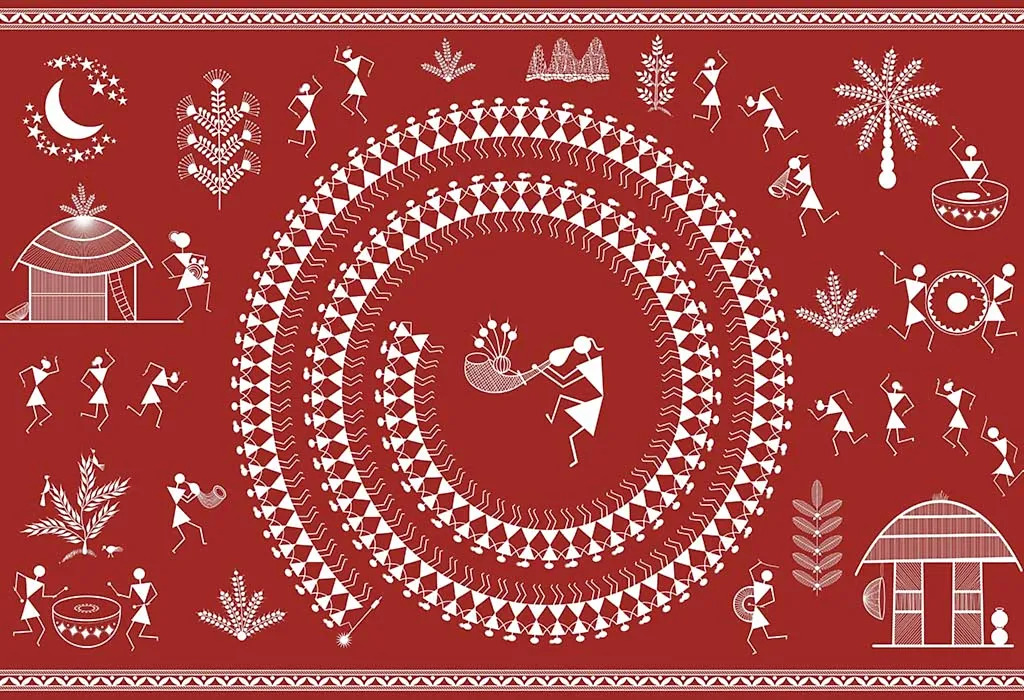
13. Leather (Maharashtra)
The well-established tradition of the manufacture of leather in India is demonstrated by the monks and
old
sages. Leather was utilised in creating footwear and garments as well as in making bags, tops, shield,
saddles,
and many more. India is famous all around the world for its leather items. Madhya Pradesh is
particularly known
for its leather items like bags, shoes, and clothing.
14. Shells (Gulf of Mannar, Odisha)
There are three types of shells from which craftsmen make shell handiwork in India -tortoiseshell, conch
shells,
and seashells are used in making various products like forks, bangles, bowls, curtains, chandeliers, and
many
others. The areas present near the sea like Goa, Gulf of Mannar, Odisha, and many other areas are the
centres of
this craftsmanship.
15. Terracotta Works (Assam)
Terracotta work is the art of making figurines and statues from clay, mud, or earth. The terracotta
Indian
village handicrafts in Assam have amazing imprints of its ancient and unique culture. Many years ago,
the
craftsmen of Assam used to mainly focus on making statues of religious symbols. Today, they are mostly
focussed
on designing toys, pots, dolls, artefacts, and vases. The major centre of the terracotta market of the
world is
the village of Dhubri in the Goalpara district of Assam.
From each region of our country come different handicrafts that increase the charm of that state. This
Indian
handicrafts history has evolved through many generations, and there are still innovations that continue
to
increase its uniqueness while preserving its roots.

